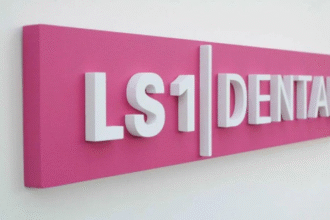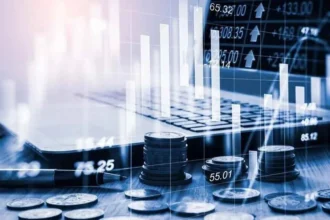Have you ever wondered why prices change so often at the store? Why does the cost of some things rise, while others become cheaper? In this blog post, we’ll explore what is consumer demand, how it affects prices, and how these changes shape the economy.
By reading on, you’ll gain a clear understanding of how consumer behavior impacts pricing strategies and market trends. You’ll also learn how changes in demand can lead to price fluctuations and affect the overall economy.
What Drives Consumer Demand?
Consumer demand is the desire of people to buy goods and services at different prices. This demand is influenced by several factors, including income, preferences, and the availability of products.
As consumer behavior shifts, businesses adjust their pricing strategies to match what customers want. If more people want a product, its price may increase because the demand is high. On the other hand, if fewer people are interested, the price might drop.
The Role of Market Trends
Market trends show us how demand for products and services changes over time. For example, certain trends may cause more people to buy a particular item, which pushes its price up.
These trends are affected by things like technology, seasonal changes, and even global events. By understanding market trends, businesses can predict what products will be in high demand and adjust their pricing strategies accordingly.
Price Elasticity and Consumer Demand
Price elasticity is an important idea when it comes to consumer demand. It refers to how much the quantity of a product changes when its price changes. If a product’s price increases, and people stop buying it, we say that the demand is elastic.
However, if people continue to buy even when the price goes up, the demand is inelastic. Understanding price elasticity helps businesses decide how much they can increase prices without losing customers.
How Economic Demand Affects Prices
Economic demand is the overall demand for goods and services in the entire economy. It can change based on things like the economy’s health or consumer confidence. For example, during times of economic growth, people tend to spend more, increasing the demand for goods and services.
This can lead to higher prices as businesses respond to the increased demand. On the other hand, if the economy is not doing well, demand drops, and prices may fall as well.
The Impact of Deflation
Deflation happens when the overall prices of goods and services decrease. While this may sound bad, it can have positive effects. When prices fall, consumers are able to buy more with their money.
As a result, demand for certain products can increase. Businesses may lower prices to stay competitive, which can encourage more spending. This can help boost the economy, especially when consumers start to buy more.
In turn, businesses may increase production to meet the higher demand, leading to more jobs and economic growth. Deflation, when controlled, can also help reduce consumer debt, making it easier for people to spend and save.
Understanding What Is Consumer Demand and Why It Matters
Now that you know what is consumer demand, you can see how it plays a major role in shaping prices and the economy. Changes in demand, market trends, and consumer behavior all work together to influence how much we pay for goods and services.
By understanding these concepts, businesses can create better pricing strategies that match what consumers want. The next time you notice a price change, you’ll have a better idea of how it happened.
Did you like this guide? Great! Browse our website for more!

















